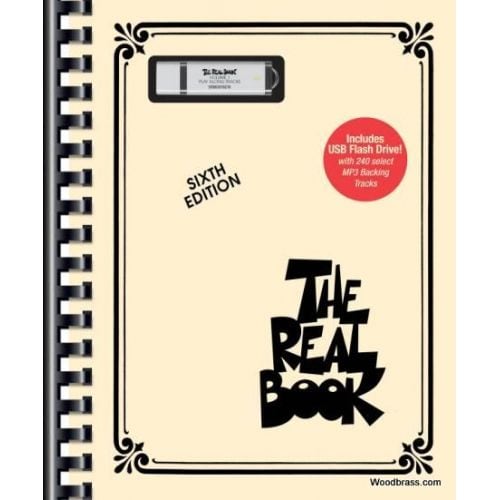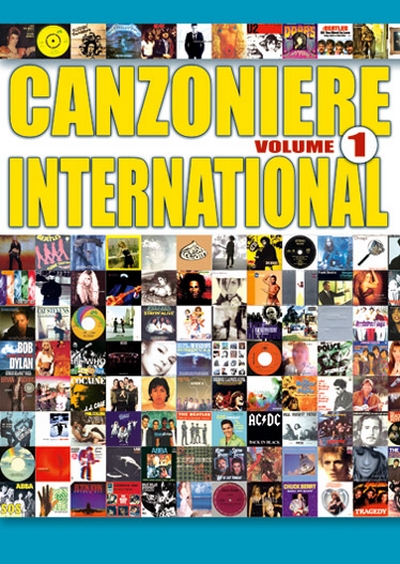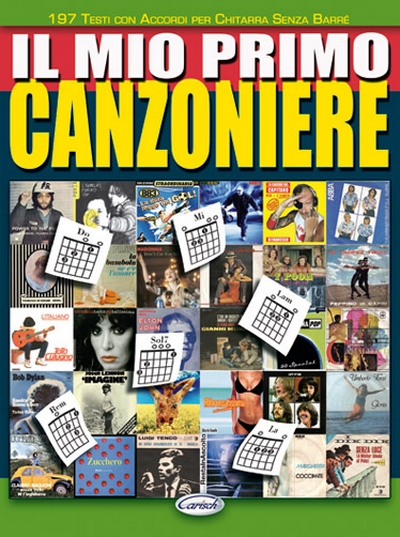
Tomás de Santa María (1510 - 1570)
 Espagne
Espagne
 Espagne
EspagneFr. Tomás de Santa María O.P. (also Tomás de Sancta Maria) (ca. 1510 – 1570) was a Spanish music theorist, organist and composer of the Renaissance. He was born in Madrid but the date is highly uncertain; he died in Ribadavia. Little is known about his life except that he joined the Dominican order of friars in 1536, he was employed as an organist in various locales in mid-century, and he published his major work, Arte de tañer fantasía, in Valladolid in 1565.
This book is a comprehens ... (Read all)
Source : Wikipedia
This book is a comprehens ... (Read all)
Source : Wikipedia
FREE SHEET MUSIC
Active criterias:
Search
| ||||||||||||||||||||||||||||||||||||||||
















